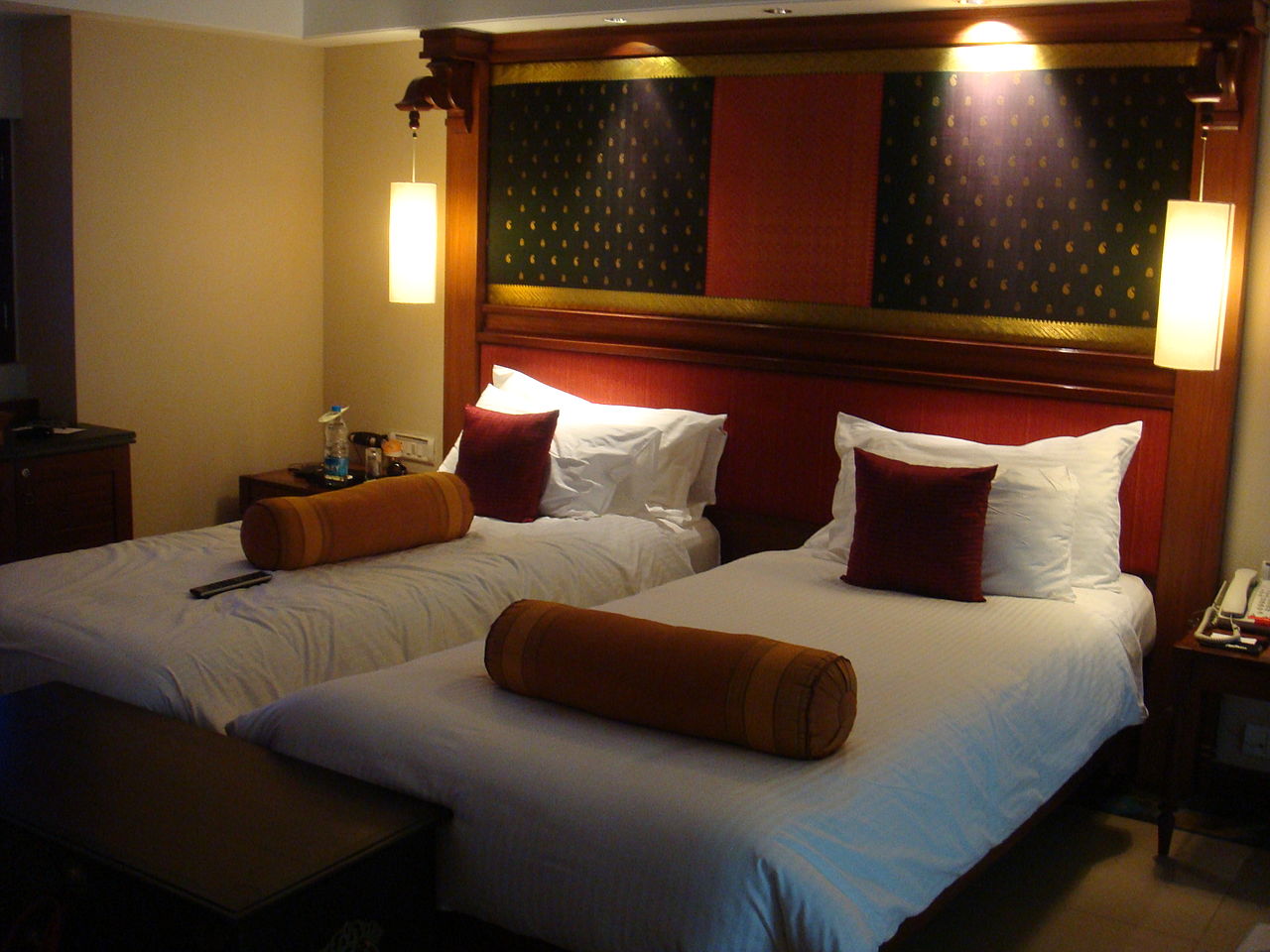Soundproofing Hotels is not a simple or straight-forward process. There are dozens of Brand Standards with target STCs from 50-65, and wall types vary depending on room use and location – some of which are not even decided during the Design & Development process. While there are rules of thumb for electrical closet isolation, HVAC treatment, and other soundproofing methods, a detailed Acoustic Audit may be required to determine the top noise risks that your hotel project carries.
Soundproofing Hotel Case Studies – See Our Hospitality Portfolio
Hotels are also particularly sensitive areas, since guests have very little time to adjust to new noise levels, unlike the traffic outside their homes and apartments. If a customer is unable to fall asleep for even one night, it can lead to extremely negative views towards the hotel, and follow with unhappy guest reviews.
Noise Complaints top Hotel List – Underscores Important of Soundproofing
Nothing could be more frustrating than to find out that the planned quiet nights at the hotel turn out to be not that quiet anymore. For business travelers it is usually an airport, a train station, or a busy highway that prevents them from a peaceful sleep. Families or holiday makers can struggle with loud noises from either adjoining rooms or an elevator in the hallway. Moreover, some people are light sleepers in general, and might experience trouble sleeping just because of different lighting, temperature or sounds.
Hotel owners from all over the world are trying to find a solution to protect their guests’ sleep and thus, increase their satisfaction that may result in customer loyalty (which is so crucial to any business). According to the New York Times article based on a guest satisfaction survey by J. D. Power and Associates of all the complaints that guests have about hotels, noise continues to top the list. By fixing this issue, they could potentially charge more, get better reviews, and increase guest retention.
Hotel Soundproofing Basics
- Review the Brand Standard for Hotel STC requirements: If one is available, Hotel Brand Standards offer a huge array of insight into expected hotel performance. This ranges from Noise Criteria (NC) levels to STC, IIC, and Reverberation time acceptable limits. Exterior noise intrusion is also usually reviewed, and may be critical if nearby roads and airports.
- Review LEED v4 and other applicable documents for Hotel STC recommendations: If the Hotel Standard is not available, then look at target STCs available in LEED. Remember, while acoustic treatment for reverberation may be added after construction, STC ratings must be achieved prior to drywall hanging.
- Look at your demising & corridor wall assemblies and ensure that each Partition meets or exceed the STC Rating for the wall. For instance, you may need double-stud walls around equipment and pump rooms, while single-stud walls with a single layer of soundproofing material may be sufficient for guest room demising and corridor walls. NEVER depend on only marketing data. Include the exact STC test #.
- Look out for flanking paths and grounding issues. This is especially true if the BAS (Building Automation System) allows return air into the corridor. Likewise, Resilient Channel mistakes lead to a plethora of noise complaints down the line.
Hotel Brand STC Ratings
A common STC rating for many brands is STC 55, although some drop that to STC 50 for corridor walls. There is also a common minimum Door STC of 32. It makes sense to drop the corridor requirements since most of the corridor noise is then flanking through the doorway. For that same reason, it is generally not required to extend sound membranes all the way under the door frame of the door, since the door panel itself is the weakest point for sound attenuation.
To achieve STC 55 or higher, the demising walls may rely on a single metal stud wall of 25 gauge, at 24″ on center, with a single layer of mass loaded vinyl. Alternative STC designs include double metal stud configurations or single stud with double-layer gypsum on each side.
While the lab STC values are relevant from a design perspective, acoustic field testing should also be considered to ensure that proper installation techniques are used.
Hotel Soundproofing Revisited
Due to the importance of Hotel Sound Ratings, it is worth additional review and design consideration prior to completing installation of demising and corridor partitions, since these are often the biggest factors leading to hotel noise complaints. Acoustic Consultants may be used to review the proposed STC and IIC ratings of each assembly, and reduce the risk of significant noise complaints down the line.
By integrating soundproofing technologies with best engineering practices, it is possible to greatly decrease, if not altogether eliminate, potential hotel noise issues.
Contact Commercial Acoustics for Detailed Hotel Soundproofing Guides and Techniques





